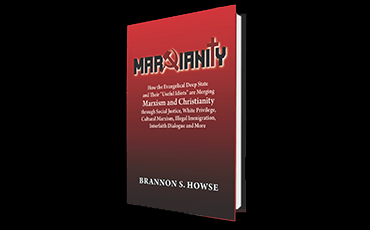Here are some basic definitions of terms to help you make sense of different views on eschatology:Eschatology: the study of future prophesied events associated with the Second Coming of Jesus, the kingdom, and eternity. Literally it is the study of the “end times,” but much of the study focuses on the rapture and the tribulation, two events that happen at least 1,000 years before the “end times.” Hence, my definition is better than the dictionary’s. Millennium: A 1,000 year period where Jesus reigns over the earth. This period sees the restoration of Israel, and the fulfillment of the promises and prophecies given to Israel in the OT. Satan is bound, and the earth is inhabited by both resurrected believers as well as people who were born during the kingdom. It is described all over the book of Isaiah, but especially in Isa 24, 51, 54, 60, 65-66. It is also detailed in Ezekiel 37-48, Daniel 7, Zechariah 8, and Revelation 19-20. Second Coming: A term that refers to the events that take place around the return of Jesus to earth. These events include the rapture, the tribulation, the anti-Christ, the abomination described in Daniel 9 and 2 Thesselonians 2, and the physical return of Jesus to earth.Post-millennialism: The belief that the Second Coming occurs after the millennium. This is held by Douglas Wilson, R. C. Sproul, and Tim Keller.Pre-millennialism: The belief that the Second Coming occurs before the millennium. This is held by John MacArthur, John Piper, D. A. Carson, and Wayne Grudem.Amillennialism: The belief that that millennium is not an actual time period, but rather that scripture’s descriptions of that time period should be interpreted as being fulfilled in this age, and often spiritually. In other words, there is no millennium, and the kingdom of God on earth is now. This view is held by Michael Horton (and almost every Presbyterian you have ever met), Mark Dever, and J. I. Packer.The Tribulation: The final period of this age, before the kingdom. It is a period marked by the wrath of the anti-Christ poured out in the world, as well as by the wrath of God seen through the breaking of the seals, the trumpets, and the bowls described in Revelation. Daniel 9 describes it as a period lasting seven years. Jesus describes it as a time of “great suffering unlike anything that has happened from the beginning of the world” (Matthew 24:21).The Anti-Christ: The religious world leader who is opposed to the gospel, while claiming to be here in Christ’s name. Through history, the Pope has been seen to hold this title, while leaving room for a final anti-Christ to come during the tribulation, and lead the final assault on Israel (2 Thess 2:8, 1 John 2:18.The abomination of desolation: The time described in Daniel 9 where the anti-Christ reveals himself in the middle of the seven-year tribulation. Daniel refers to this event as coming on “the wing of abominations” with the point of making the temple “desolate” (Daniel 9:27). Jesus takes that phrase and shortens it to “the abomination of desolation” (Matthew 24:15).The Rapture: The physical removal of the church from the earth. When Jesus comes in the clouds with the souls of believers who have already died, and they are reunited with their bodies in the air, while Christians who are still alive are physically “caught up together with them in the clouds to meet the Lord in the air” (1 Thess 4:17). This event closes out the church age, and is described in John 14:3, 1 Corinthians 15:51-53, 1 Thessalonians 4:14-18 .There are three main views about the timing of the rapture. But remember that all three of these views only make sense inside of premillennialism. In other words, the timing of the rapture is a debate that doesn’t really make sense to post-millennialists or amillennialists.Post-tribulational: The belief that the rapture happens after the tribulation. The church is raptured, and then returns to the earth immediately to reign with the Lord in the kingdom. This is held by Piper and Douglas Moo.Pre-wrath: The view that the rapture happens sometime during the second half of tribulation; This view stresses that the first part of the tribulation is the anti-Christ’s wrath on the world, while the second part is God’s wrath. It is the later that the church is saved from. This view is held by James MacDonald.Pre-tribulational: The view that the rapture will occur before the seven-year tribulation. The church is removed from the earth for seven years, then returns with the Lord at the end of the tribulation. This view is held by MacArthur, as well as the Apostle Paul ![]() .
.
Support Our Broadcast Network
Trending Stories
Latest
We're a 100% Listener Supported Network
3 Simple Ways to Support WVW Foundation
Make Monthly Donations
-or-
A One-Time Donation
-
Mail In Your Donation
Worldview Weekend Foundation
PO BOX 1690
Collierville, TN, 38027 USA -
Donate by Phone
901-825-0652


















